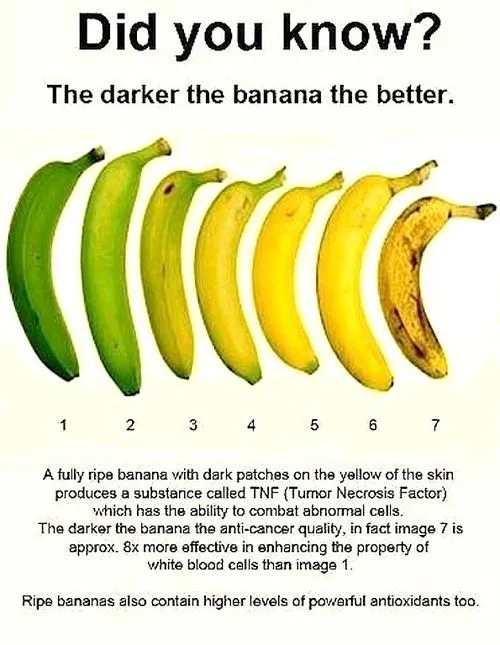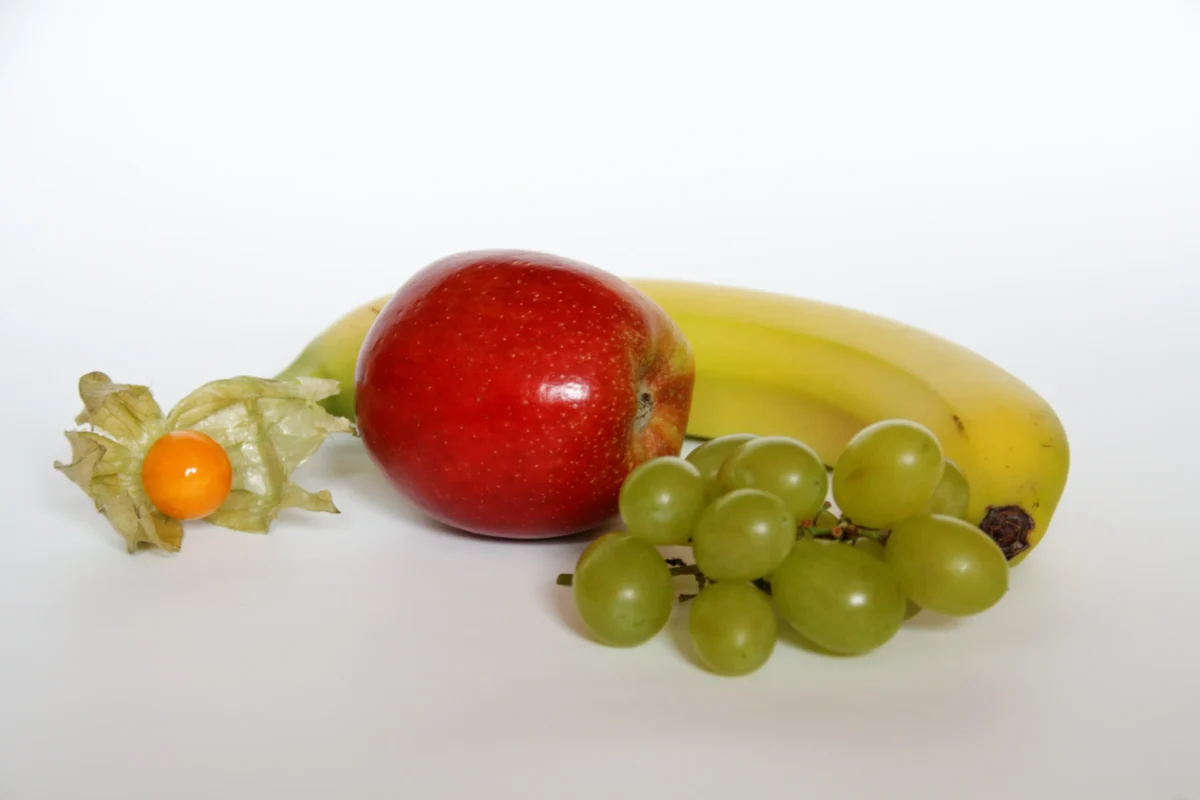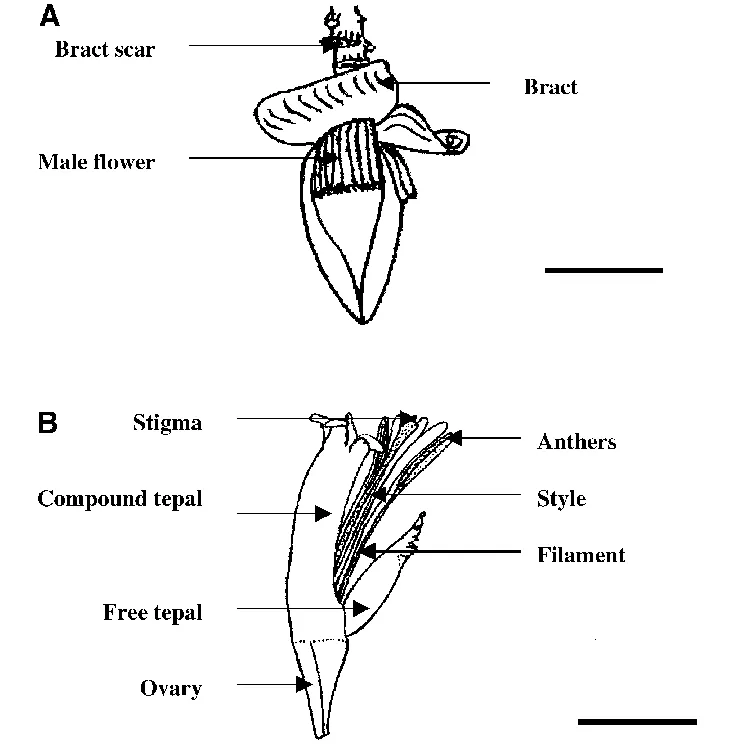Are you a fan of or disgusted by the unsightly brown spots that start to appear on your favorite yellow fruit? You may be pleased to learn that those brown spots are actually good news! Fascinated?

Read on to learn how you can enjoy bananas with brown spots safely!
Introduction: What are the brown spots on bananas and why do they occur?
Brown spots on bananas are a common occurrence and are typically harmless. These spots are caused by ethylene gas, a natural ripening agent that is released as the banana matures. As the banana ripens, its skin begins to break down and develop brown patches or streaks.

While these brown spots do not affect the taste of the fruit, they may indicate that it has become overly ripe and should be consumed soon. It is important to note, however, that any mold or black spots on a banana should be discarded as this indicates spoilage.
Nutritional Benefits of Brown-Spotted Bananas
Bananas with brown spots may not be the most attractive of fruits, but they are a nutritional powerhouse. Not only are these bananas full of natural sweetness, but they also contain important vitamins and minerals that can benefit your health.
The brown spots indicate that the banana is ripe and full of natural sugars. This makes them perfect for snacking on or adding to smoothies or other recipes for a delicious and nutritious boost.
Brown spotted bananas also contain essential vitamins and minerals such as potassium, magnesium, and Vitamins B6 and C. These vitamins are beneficial for healthy bones, mental clarity, immune system support, and much more.
Eating brown spotted bananas can help you reach your daily nutritional goals in a tasty way! They make a great addition to any meal plan as an alternative to unhealthy snacks like chips or candy bars. So don’t shy away from those brown-speckled fruits – embrace them!
Common Ways to Eat Brown-Spotted Bananas
Brown spotted bananas, although not the most aesthetically pleasing, are still edible and can be incorporated into a variety of tasty dishes.
Some of the most popular ways to consume brown spotted bananas include baking them in bread and muffins, blending them into smoothies and shakes, adding them to breakfast bowls or oatmeal for an extra boost of flavor, or simply freezing them for a healthy frozen treat.
In addition to these options, brown spotted bananas are also great additions to savory dishes such as curries and stir-fries. With some creativity and imagination, there’s no limit to how you can enjoy this nutritious fruit!
Tips for Cooking with Brown-Spotted Bananas
Bananas with brown spots are often overlooked or discarded, but they can still be used in cooking. Whether you’re baking a loaf of banana bread or creating a smoothie bowl, brown spot bananas can be just as delicious and nutritious as their fresher counterparts.
Here are some tips for cooking with brown spot bananas:

– Cut off any bruised parts of the banana before using.
– Mash the banana thoroughly to reduce visible spots.
– Use them in recipes that call for mashed or pureed bananas such as smoothies, muffins, and breads.
– Bake them into recipes that call for added sweetness such as cookies and cakes.
– Freeze them for later use in smoothies and ice cream recipes.
By utilizing these tips when cooking with brown spot bananas, you can enjoy all the nutritional benefits of fresh fruit without wasting food!

Conclusion: Is it safe to eat bananas with brown spots?
« Does Banana Bread Need to be Refrigerated?
How Long Does it Take to Freeze a Banana? »
In conclusion, it is generally safe to eat bananas with brown spots. The appearance of the banana may not be appealing, but the brown spots are caused by ripening and do not indicate that the fruit is spoiled.
In fact, these bananas are usually sweeter than those without any brown patches.
However, if you see any mold on the banana or notice an unpleasant smell, it should be discarded for safety reasons. With a bit of care and caution, you can still enjoy ripe bananas even with their brown spots!







